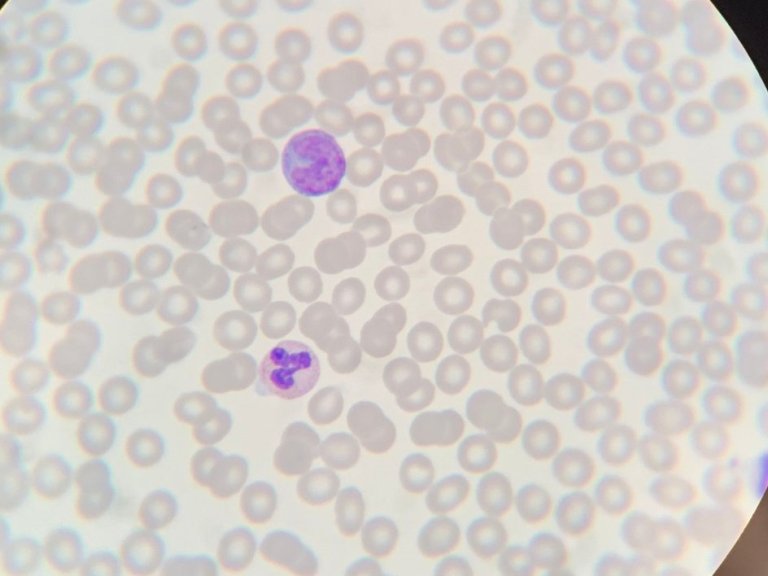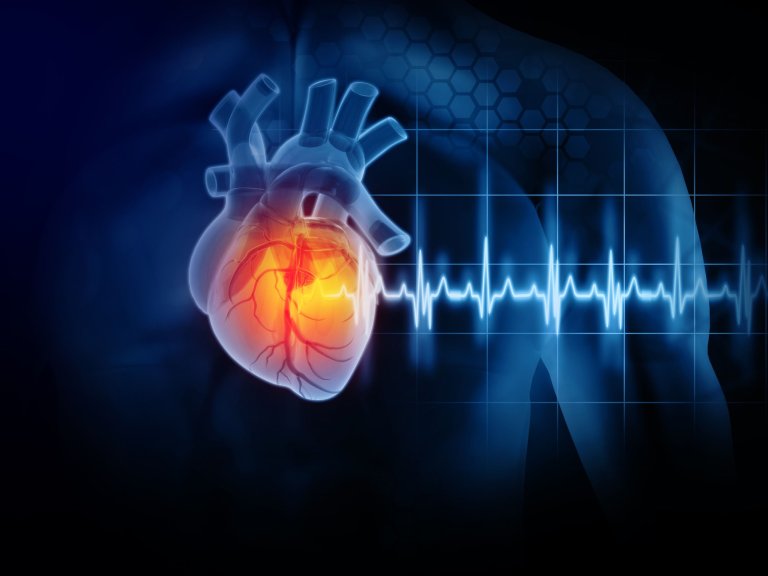In the Netherlands, more than 30,000 women receive a caesarean section every year. Almost 60% of them develop a "niche", the name for a defect in the uterine wall caused by impaired healing. From the 18,000 with a niche, up to 10,000 women develop further symptoms or fertility problems. Amsterdam UMC, the Dutch expertise centre for the treatment of niches, conducted research into these symptoms together with international expertise centres. Until now, there was no uniform definition for a condition that grouped these symptoms. This made the comparison of research impossible while also leaving those with the condition in the dark.
International consensus
Medical researcher Saskia Klein Meuleman, together with gynaecologists Robert de Leeuw and Judith Huirne, studied relevant literature and designed a study to develop a uniform definition for niche related problems. In total 31 international experts from the USA to China, participated in this study. All respondents treated at least 50 women a year with symptoms that fit the condition as well as published research on the subject. They agreed on the symptoms that can be caused by a caesarean scar, the aspects that make up the condition as well as the factors that can play a role. This created a clear picture of the condition, built on an international consensus. "We have also presented the final clinical picture to women with these symptoms. They recognized their own experiences and didn't have anything to add," says Klein Meuleman.
Looking for best treatment
Thanks to this research, women can receive an accurate diagnosis and it is thus easier to gain access to appropriate treatment. Women can also be better informed about the possible long-term complications of a caesarean section. "A caesarean section is a very important, and often lifesaving, procedure. But it is important that we do not underestimate the effect this operation can have on the long-term quality of life," adds Klein Meuleman.
Women should be informed about CSDi before undergoing a caesarean section so that they can, if possible, factor this into their decision-making process. Thanks to this information, they can also seek help faster if these symptoms occur.




